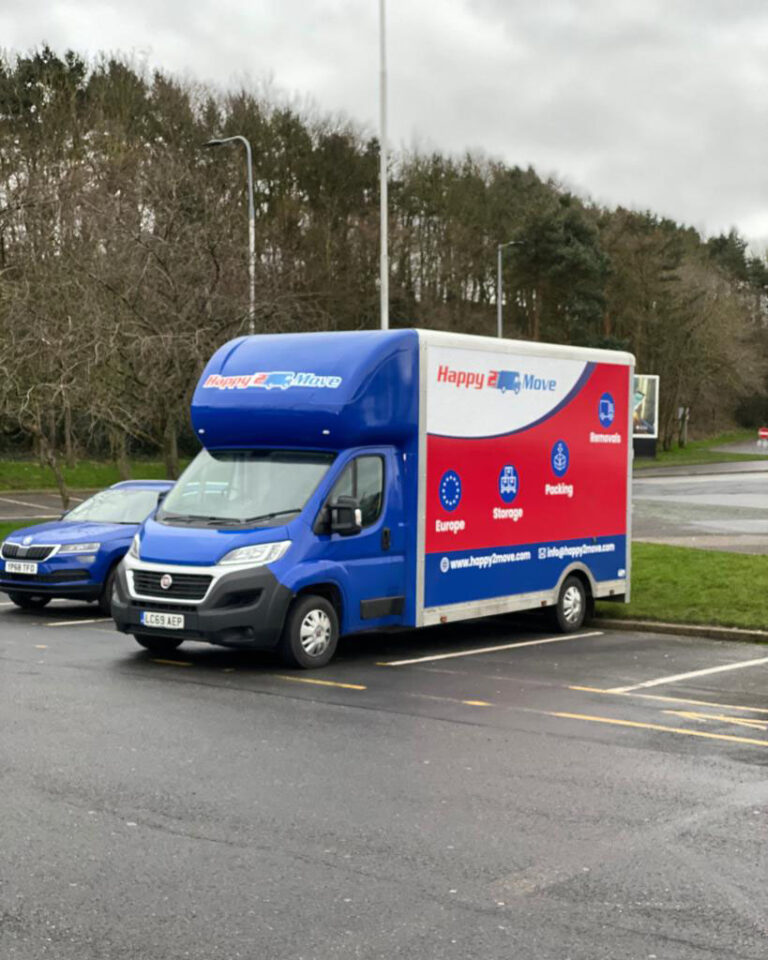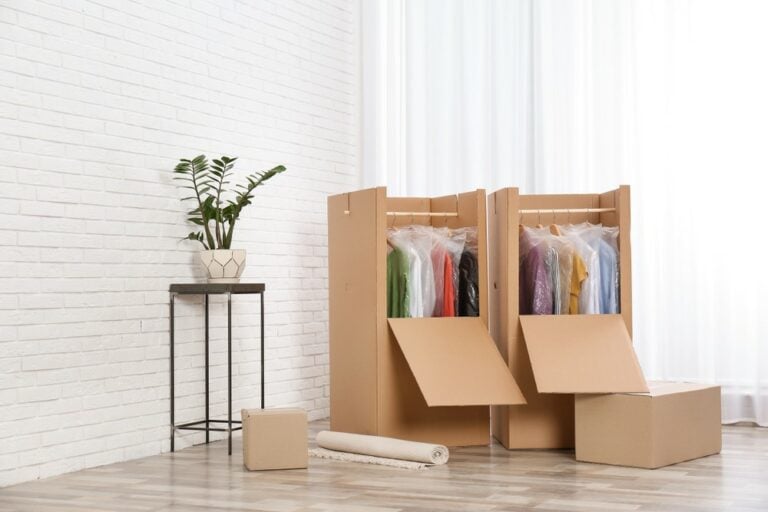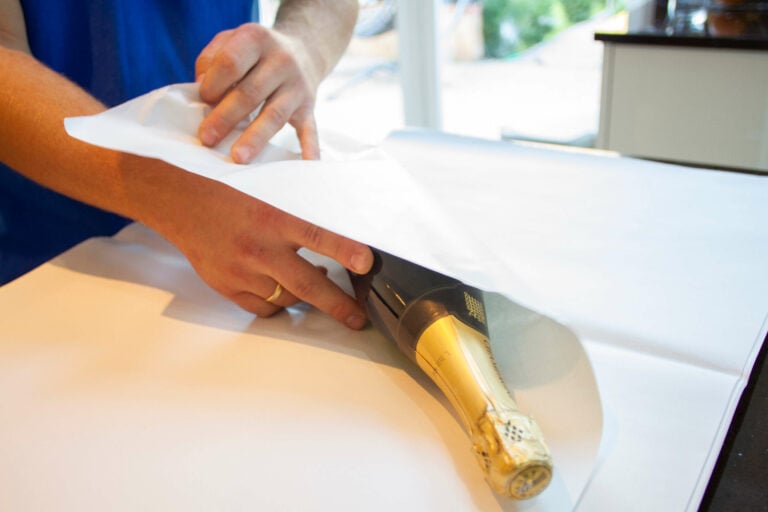
Whether it’s because you’ve got more space than you need or you want to release some equity and benefit from a smaller mortgage, there’s one challenge everyone faces when downsizing a house: making the most out of a smaller living space.
However, there are lots of benefits too. In this article we’re going to take a look at those in closer detail, and offer some practical downsizing house tips to make sure it goes smoothly.
The Benefits of Downsizing
Some people might consider house downsizing to be a ‘backward step’, but there are actually a number of advantages that can make it very worthwhile if the time is right:
- Saving Money
- Less Maintenance
- A Simpler Life
Saving Money
Typically, if you’re selling a larger home and buying a smaller one, your new property will be less valuable than your previous one. This can save or make you money in two ways:
- Your new property might cost less than the total value of equity you have in your old home, meaning you have some money left over after the sales have completed.
- If you do still need a mortgage on your new house, the monthly repayments will often be lower.
However, there are also some indirect ways in which you’ll save additional money. Smaller houses can be heated more easily (although the quality of the property’s energy efficiency is a bigger factor), while typically they’ll also require less maintenance—an additional benefit in itself…
Less Maintenance
Fewer rooms and less square footage should mean there’s less maintenance required, which can save you money in the long run, but it can also just save you a lot of time. For example, household cleaning doesn’t take as long, while taking care of a smaller garden is also much less effort.
Bear in mind that although this will often be the case, each property is different, and you should undertake a thorough property survey to identify any potential issues ahead of completing the purchase.
A Simpler Life
Reducing your monthly outgoings (or receiving a lump sum of equity) and not having to worry about spending as much time maintaining the property has the added benefit of simplifying your life, something many people want to do as they get older or if their children (finally) fly the nest.
Having less space than before will also encourage you to declutter and get rid of or sell some of the things you’ve been hanging onto for years, even though you don’t need them.
Practical Tips for Downsizing Your Home
There’s plenty of reasons people downsize, but you will have to manage with less space than your family is used to, and this means you have to think about how to get the most out of your new, reduced space. Let’s take a look at four downsizing house tips.
Prioritise multipurpose furnishings
Furniture will take up the most space in your new home, which is why it’s important to keep and invest in multipurpose furniture where possible. This might be a bed with drawers inside it, a dining room table that can double as a workspace, or a compact sofa bed for guests.
The KonMari Method
The KonMari method, made famous by ‘professional organiser’ Marie Kondo, is a simple approach to decluttering by making you ask the same question for every possession you own: does it spark joy?
Of course, you’ll still need to consider whether things serve a purpose—a floor mop probably doesn’t spark any joy, but that doesn’t mean you won’t need one—but it’s a good approach for items where the functional benefit of them is unclear.
Hang mirrors
If you’re worried that some of the rooms in your new home are going to ‘feel’ small, then hanging mirrors is a great way to create the illusion of more space while also maximising the use of natural light.
Use Household Self-storage Services
If after reviewing all of your belongings and getting rid of or selling things you don’t need and still don’t have enough space, consider household self-storage services. You can choose from short or long term options, while the advanced security they offer makes self-storage the ideal solution for valuable family heirlooms, artwork or furniture.
Getting Ready for the Move
Ahead of your house downsize you’re going to want to plan the move thoroughly to ensure everything goes smoothly.
First of all, measure your new space and existing furniture to see what fits and where it will all go. Don’t just consider whether a piece of furniture will fit the room, but also make sure it’ll be possible to get the furniture into the room. You don’t want smaller doors and narrower corridors to take you by surprise on moving day.
You should also start thinking about the storage options you’re going to have on day one, but also what you can add later on to make the most of the space.
Preparation is key to the move going smoothly, so start making moving checklists weeks in advance of the day itself. Clearly label boxes and create an inventory. We’d also recommend, if you get the keys to your new home before moving day, that you thoroughly clean the property first. A smaller home will take you less time to clean than your previous house, but it will be much harder to do if the new home is filled with boxes and furniture—particularly if you still have slightly too much stuff.
Get Help with Your Downsizing Move
One of the best ways you can ensure that your downsize move goes smoothly is to employ the services of a company that has handled them many times before.
Here at Happy2Move we offer tailored home moving solutions, whether you’re looking for house removals London or simply need somewhere to store some furniture you’re not quite sure what to do with yet. We’ve helped dozens of families across London downsize, and our expert movers have the experience required to make sure your move goes smoothly.
We’re fully trained and insured to provide our customers complete peace of mind, so if you’d like to receive a detailed quote complete the form here, alternatively submit your message using the quick contact form on this page.










